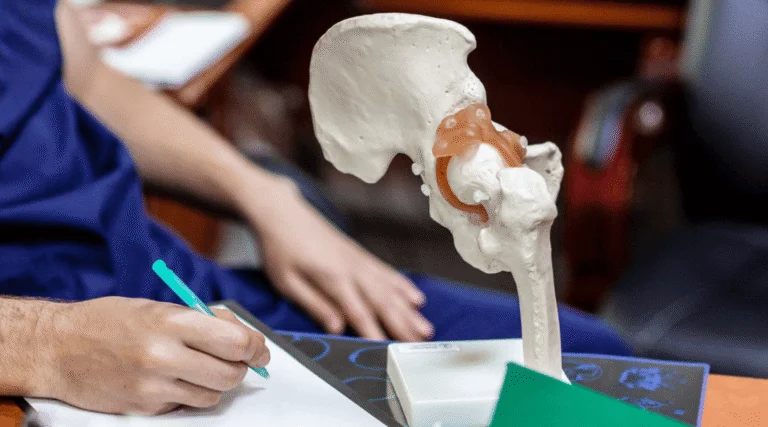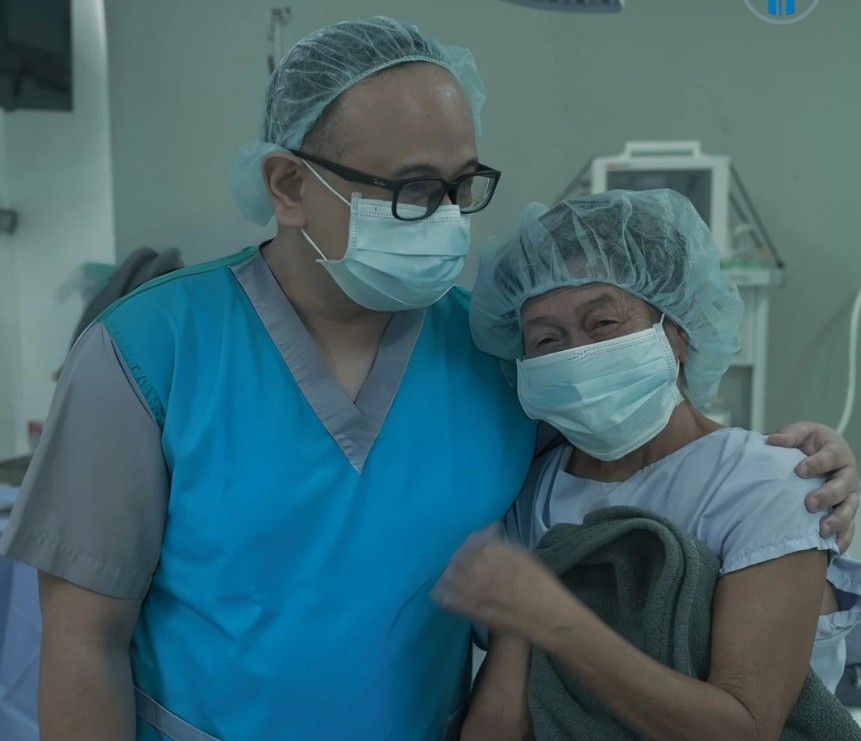Hip resurfacing abroad offers an advanced solution for patients seeking to preserve joint function while avoiding the high costs and long wait times common in countries like the USA, UK, Australia, and New Zealand. This procedure provides an alternative to traditional hip replacement, allowing active individuals to maintain bone strength and enjoy faster recovery. For those looking to regain an active lifestyle without compromise, hip resurfacing abroad has become a preferred choice.
What is Hip Resurfacing?
Hip resurfacing is a bone-preserving surgical technique designed for patients with hip joint damage, often due to arthritis or injury. Unlike total hip replacement, hip resurfacing removes only the damaged surface of the hip joint while keeping most of the femoral bone intact. This approach reduces the risk of dislocation, supports stronger joint stability, and allows for more natural movement.
Ideal candidates are younger, active patients with strong bone quality who want to maintain high levels of mobility. Hip resurfacing abroad is particularly suitable for those who face long wait times or prohibitive surgery costs at home. The procedure uses durable metal or ceramic components and focuses on precision, minimizing trauma to surrounding tissues. Patients can expect less post-operative pain and a quicker return to daily activities compared to traditional hip replacement.
Why Consider Hip Resurfacing Abroad?
Cost and accessibility are two major reasons international patients choose hip resurfacing abroad. The total cost of hip surgery in the Philippines can be 50-70% lower than in Western countries, while still providing access to internationally trained surgeons and JCI-accredited hospitals. Patients who are uninsured or underinsured find that medical tourism for hip resurfacing abroad offers an affordable pathway to world-class care.
Scheduling surgery abroad also eliminates long queues common in public healthcare systems. Many patients can book their procedures within 2-4 weeks of initial consultation. This rapid access to care is particularly valuable for those experiencing chronic hip pain that limits daily activity.
Hip resurfacing abroad also provides a seamless travel experience. Concierge services guide patients through every step, from flight arrangements to recovery-friendly accommodations and post-operative care. Healing in a supportive, comfortable environment allows patients to focus entirely on recovery.
Choosing the Right Center for Hip Resurfacing Abroad
Selecting a trusted medical center is critical when considering hip resurfacing abroad. Patients should prioritize facilities with internationally trained orthopedic surgeons, advanced surgical techniques, and transparent, all-inclusive pricing.
Our center in the Philippines meets these criteria. Surgeons are highly experienced in hip resurfacing and specialized approaches such as the Direct Anterior Approach (DAA), a minimally invasive technique known for reduced pain and faster recovery. The hospital is JCI-accredited, ensuring global safety and quality standards. Patients also benefit from comprehensive aftercare plans and telemedicine follow-ups, providing support even after returning home. Testimonials from international patients highlight excellent outcomes and life-changing mobility improvements.
Surgical Techniques and Recovery
Minimally invasive techniques, particularly the Direct Anterior Approach (DAA), are a hallmark of hip resurfacing abroad at our center. This approach allows surgeons to access the hip joint without cutting major muscles, which reduces pain and shortens recovery time. Patients typically experience less swelling and a faster return to walking, exercise, and daily activities.
Hospital stays for hip resurfacing abroad generally last 3-5 days, depending on individual progress. Rehabilitation begins immediately, with physical therapy tailored to each patient’s needs. Recovery at our center focuses on restoring mobility, strength, and joint stability. Telemedicine follow-ups ensure continued guidance and monitoring, helping patients achieve optimal long-term results.
Patients are encouraged to maintain joint health through low-impact exercises, proper posture, and lifestyle adjustments. Hip resurfacing abroad combines surgical precision with comprehensive rehabilitation planning, ensuring patients regain independence and confidence in their movement.
Cost and Financial Considerations
Cost transparency is a major advantage of hip resurfacing abroad. Our all-inclusive packages cover pre-surgical consultations, hospital stay, surgery, post-operative care, medications, and rehabilitation services. Compared to the USA, UK, Australia, or New Zealand, patients often save 50-70% without sacrificing quality.
Financial considerations also include options for self-pay, partial insurance coverage, or financing plans. Many patients find that medical tourism for hip resurfacing abroad is more cost-effective than waiting for surgery at home or paying out-of-pocket in countries with high medical fees. Affordable pricing, combined with high-quality care, makes hip resurfacing abroad a practical choice for international patients seeking life-changing results.
Planning Your Medical Trip
Planning hip resurfacing abroad involves a series of coordinated steps to ensure a smooth experience. The process begins with a consultation, either online or in person, to assess eligibility and surgical needs. After confirmation, travel arrangements, airport transfers, and accommodations are organized to support a stress-free journey and recovery.
Hospital admission is streamlined, with a personalized surgical plan developed for each patient. Post-operative care includes monitoring, rehabilitation sessions, and guidance on returning home safely. Telemedicine follow-ups allow patients to stay connected with their care team, ensuring continuity of care. Medical tourism for hip resurfacing abroad offers peace of mind and convenience, making recovery more comfortable and effective.
Success Stories and Patient Experiences
Patients from the USA, UK, Australia, and New Zealand have experienced transformative results through hip resurfacing abroad. Many report significant pain reduction, improved mobility, and the ability to return to daily activities and recreational pursuits previously hindered by hip issues.
Testimonials emphasize not only surgical outcomes but also the supportive care environment, seamless travel logistics, and expert guidance from surgeons and rehabilitation specialists. Patients highlight how hip resurfacing abroad has allowed them to reclaim an active lifestyle and regain confidence in movement.
Takeaway
Hip resurfacing abroad offers a cost-effective, accessible, and high-quality solution for patients seeking to restore mobility and relieve chronic hip pain. With internationally trained surgeons, minimally invasive techniques, JCI-accredited facilities, and seamless medical tourism support, patients experience a smooth journey from consultation to recovery. Choosing hip resurfacing abroad empowers individuals to regain freedom of movement, return to daily activities, and enjoy a more active, pain-free life.
Frequently Asked Questions
Who is a candidate for hip resurfacing abroad?
Ideal candidates are younger, active patients with strong bone quality and hip joint damage due to arthritis or injury. Surgeons assess each patient individually to determine suitability.
How long does recovery take?
Recovery varies but most patients can walk with assistance within a few days and return to normal activities within 6-12 weeks, guided by rehabilitation programs.
How soon can I schedule surgery after consultation?
Patients can usually book surgery within 2-4 weeks following initial consultation, depending on availability and preparation requirements.
What is the difference between hip resurfacing and total hip replacement?
Hip resurfacing preserves more bone, reduces dislocation risk, and is often preferred for younger, active patients. Total hip replacement involves removing the entire femoral head.
What kind of post-surgery care is provided?
Comprehensive aftercare includes personalized rehabilitation plans, telemedicine follow-ups, and guidance for maintaining long-term joint health.







